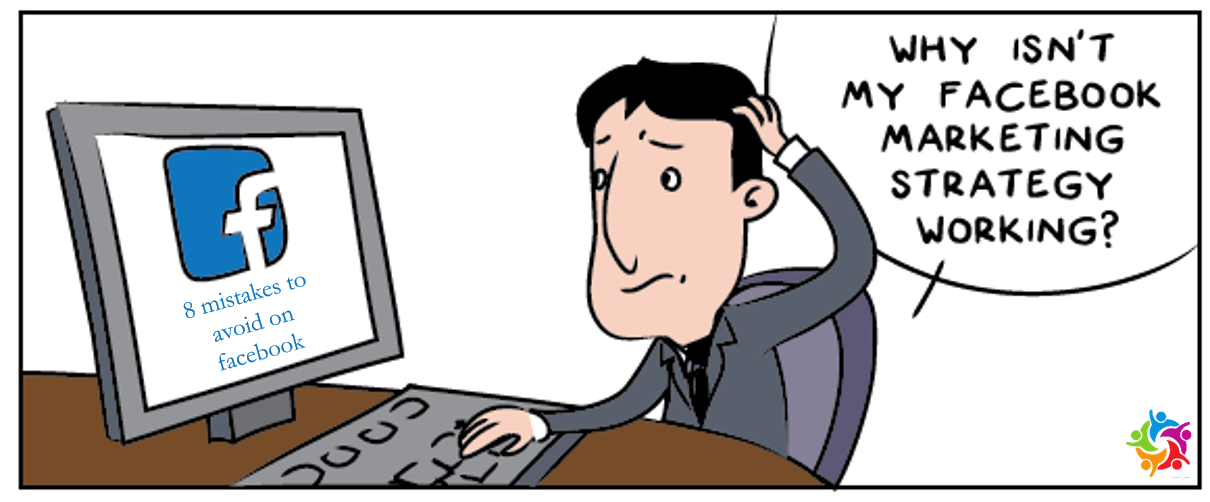Beating the Market Four Mistakes to Avoid
Post on: 12 Июль, 2015 No Comment

Active management is a tough gig. Asset owners and individual investors expect their investment managers to do more than make money for them, or “generate absolute return. The popularity of index funds has put the onus on active managers to prove that they can beat the market.
There are few hard and fast rules for beating the market or generating “active return.” Knowing what does not work, however, at least gets investors a step closer to finding active managers that are fit for purpose. Below are some thoughts and anecdotes about certain dubious approaches some active managers pursue.
1. Add to — and Trim — Stocks in the Portfolio at Predetermined Target Buy/Sell Prices
Plenty of investors estimate the fair value of their portfolio holdings and there is nothing wrong with that. Taking it one step further to have both buy and sell targets around the fair value adds less value in my opinion. Relying religiously on these buy and sell targets to add to or trim portfolio holdings is highly questionable. In spirit, it is not that different from market timing.
Valuation is an art as much as a science. Given the number of parameters that go into valuation models as well as the fundamental and behavioral factors that affect these parameters, anyone who thinks they can pinpoint the entry and exit point is simply fooling themselves. Frequent trading in this fashion also exacerbates the problem of selling your winners too soon and holding on to your losers for too long.
Recommended Action: Avoid managers who engage in excessive trading.
2. Hold on to Practically All Stock Holdings over the Long Term
Contrary to active managers who churn their portfolios, some active managers prefer to hold on to everything.
Low turnover is not a sin. Far from it. But religiously not selling most likely is — for the simple reason that we mortals make mistakes.
In the most extreme case that I have come across, a manager told me the reason that his portfolio had a single digit turnover was that “[his] worst performers from the year before often turn into [his] best performers the following year.” Were that indeed true, one wonders why he did not simply adopt a strategy of buying last years losers in his portfolio? Sounds to me more like someone giving up the fight.
Recommended Action: If a manager’s portfolio has been stuck in a slow gear for a few years and the manager is still holding on to all the losing stocks, look elsewhere.
3. Farm the Portfolio out to Too Many Active Managers
There is nothing fundamentally wrong with engaging multiple active managers. Actually, most asset owners, such as pension funds and insurance companies, often develop fund-of-funds programs and allocate their investments to a number of active managers who focus on a certain discipline.
Where it gets tricky is when one keeps adding active managers to a program. The more managers you have in your portfolio, the more it will look like an index fund. So you are paying active management fees for a market portfolio.
Ideally the active managers added to an existing portfolio should bring complementary skills such that they will add value rather than offset the existing managers’ value added.
Recommended Action: Make sure you look under the hood before you invest in one of these fund-of-funds programs.
4. Invest in Too Few Stocks
Theoretically, the more confident an investor is about his investments, the fewer stocks he needs to invest in. The logic is simple: if you have high confidence in the outcome of investing in various stocks, you really should concentrate your investments on your best ideas.
Where this logic breaks down in reality is that too many of us think of ourselves as superstars. We are human and humans tend to be overconfident. When I explain to people how little edge even the best investment managers have, most find it hard to believe and think they can beat those odds. Time and time again, they eventually fail to meet their own expectations and sometimes cause serious damage to their own portfolios in the process.
If you are still not convinced, check out how many stocks Peter Lynch had in the Magellan Fund.
Recommended Action: Avoid managers who have not experienced a full market cycle, or for those who have, have failed to deliver but remain convinced that they will in the next cycle.
There are many investors out there who may have figured out a way to beat the market. But if your active manager has committed one or more of the four “sins” above, he or she is probably not one of them.
What do you think? Feel free to share your experiences in the comments section below.
If you liked this post, dont forget to subscribe to the Enterprising Investor .
All posts are the opinion of the author. As such, they should not be construed as investment advice, nor do the opinions expressed necessarily reflect the views of CFA Institute or the authors employer.
Image credit: ©iStockPhoto.com/erhui1979














